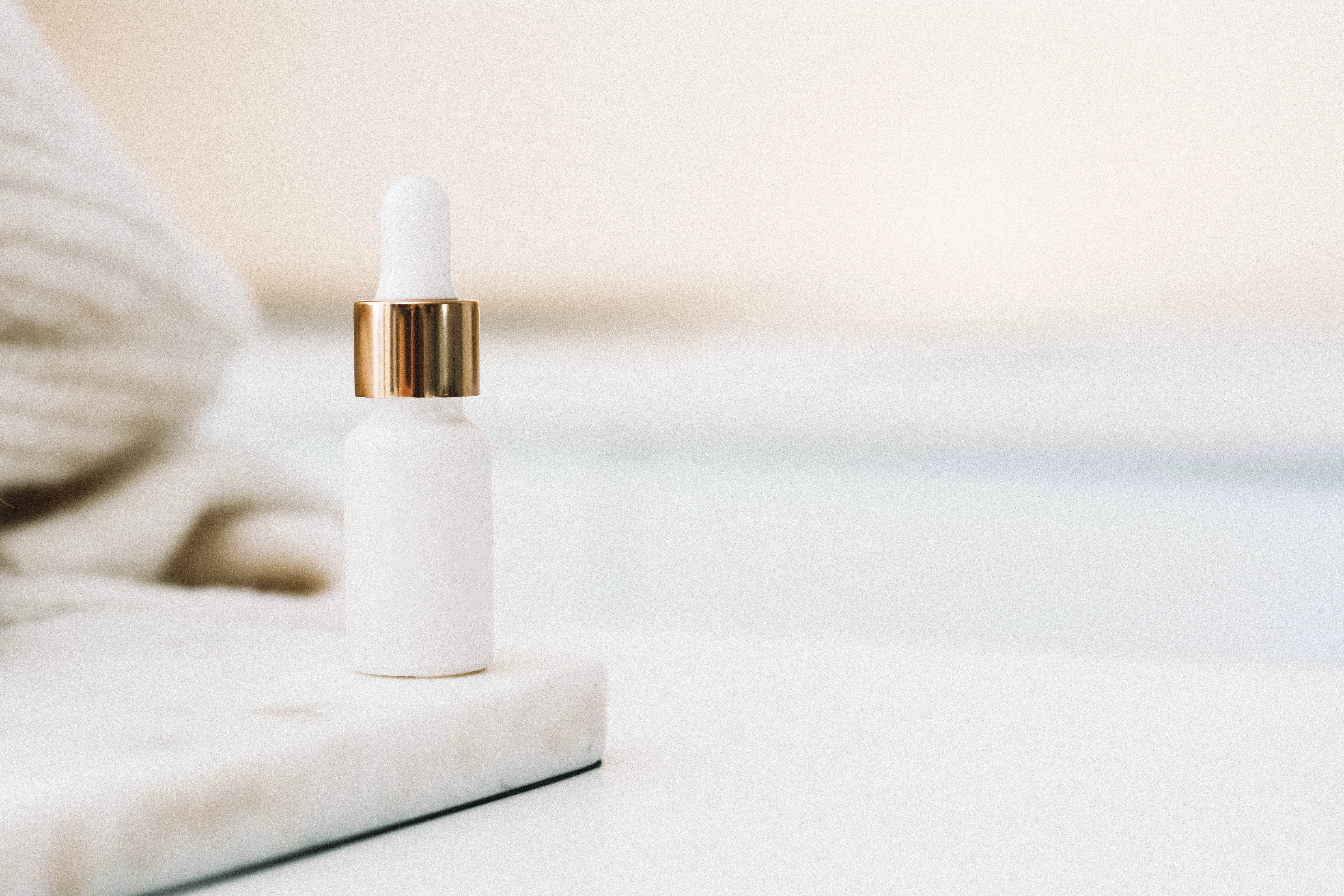Though my naturopathic and early herbal training occurred over fifteen years ago, it is only in the last seven years that I have learned about and begun using Polygonatum multiflorum or Solomon’s seal in my practice, where it has quickly become one of my favourite herbs for musculoskeletal concerns. I was first introduced to the herb as a medicine by American herbalist Matthew Wood at a summer gathering of herbal-oriented practitioners, including Canadian herbalist John Redden, at Christine Dennis’ herbal farm in Port Burwell, Ontario.
A hardy woodland plant with arching, elegant stems that gracefully bow to create a stunning mass that undulates in the breeze, Polygonatum multiflorum has long been prized for the healing capabilities found in its roots. Its name comes from the Greek for “many knees” and is believed to have derived from the numerous knots or swellings of its roots and the numerous joints of the stem; while its common name, Solomon’s seal, or sigilum Salomanis, is said to have originated from depressions in the roots that resemble royal seals, although there is also indication that it was so named because of the root’s virtue in sealing and healing up wounds and broken bones.
Native to China, Solomon’s seal blooms in late spring to early summer, with small-but-showy clusters of sweet-scented, tubular, creamy white flowers, followed by dark blue-purple berries in September or October. While the berries are toxic, the roots are not, and can be safely ingested.
Solomon’s Seal
Polygonatum multiflorum
Family: Asparagaceae
Common name: Solomon’s seal, Eurasian Solomon’s seal, sealwort, lady’s seal, St. Mary’s seal
Parts used: Roots and rhizomes
Taste: Sweet, cool, moist
Energy: Moist, cool, sweet neutral yin tonic
Active constituents: Steroidal saponins, glycosides, polysaccharides, alkaloids, anthraquinones, flavonoids, asparagine, allantoin, convallarin, vitamin A, gum, sugar, starch, and pectin
Herbal actions: Astringent, demulcent, tonic, anti-inflammatory, musculoskeletal trophorestorative
System tropism: Musculoskeletal, kidneys
Medicinal actions: Anti-inflammatory, amphoteric, sedative, immune support, cardiotonic, diuretic, antitussive
Indications: Adjunct cancer care in addition to mitochondrial repair
Dosage
Tincture: (1:5) 3-5 ml 3x daily
Tea (Infusion): 1 tsp shredded Polygonatum multiflorum with 1 c cold water. Let stand for 8-10 hours.
To drink: Heat up and take very hot 3x daily.
Best if used as a tonic herb over a period of more than 6 weeks.
BONE UP ON SOLOMON’S SEAL!
Known for its musculoskeletal supportive properties, Solomon’s seal can do so much more!
BONE BENEFIT
According to Matthew Woods, Solomon’s seal has “the intelligence to set bones,”1 and aids in the balancing of calcium, making it an excellent support for breaking up bone spurs and potentially helping with osteoarthritis.
AMPHOTERIC ABILITY
Thanks to its lubricating properties, Solomon’s seal can aid in proper functioning of joints, ligaments, muscles, and tendons.
WOUND HEALING
Solomon's seal can help with sprains/strains, inflamed tendons, ligaments, muscles, joints, and repetitive stress injuries. It can also be used topically to heal minor wounds and bruising.
ANTI-INFLAMMATORY AID
Eases joint injury, weak joints, arthritis (especially arthritis associated with older injuries), carpal tunnel syndrome, and tennis elbow. Also provides support for to stiffness, injury, and overuse of connective tissue, and hemorrhoids. Immunity booster Solomon’s seal can give the immune system the boost it needs to it help fight infection. Studies have also shown its ability to induce autophagy (removing dysfunctional cells) in cancer cells, induce cell death (apoptosis) in cancer cells, and block epidermal growth factor receptor EGFR.2
FEMALE CURATIVE
Considered to be a yin tonic, Solomon’s seal strengthens estrogen, tonifies the ovaries, and reduces ovarian and vaginal pain and irritation.
BREATHE EASY
Polygonatum multiflorum is a demulcent, making it soothing to respiratory mucosa, moistening and nutritive for throat and lungs, and helping with dry coughs and tuberculosis.
CONTRAINDICATIONS AND SAFETY
May lower blood sugar in diabetics. Berries are considered toxic. As always, consult your healthcare provider before embarking on any new supplement routine to make sure that it is right for you and your specific condition.

Polygonatum Multiflorum Infused Oil*
*Adapted from the recipe of the same name by herbalist Matthew Woods, as featured in The Herbal Handbook for Home and Health by Pip Waller.
This oil can be used topically as is or integrated into the following salve recipe.
INGREDIENTS
- ½ lb dried Polygonatum multiflorum root.
- 1 cup safflower or olive oil
INSTRUCTIONS
- Place dried root in a 500mL mason jar and cover with olive oil.
- Screw on lid and let sit, out of direct sunlight for 6 weeks. Alternately, gently heat ingredients over low temperature (do not boil) for 4 hours to infuse the oil.
Use topically over sore joints and tendons.
Polygonatum Multiflorum Salve
A creamy, easy-to-spread salve perfect for easing topical bruises and strains.
INGREDIENTS
- ¾ cup + 5 tsp Polygonatum multiflorum infused oil
- 3 Tbsp beeswax, grated
- 1600 IU vitamin E
INSTRUCTIONS
- Gently heat oil and beeswax together until melted. Stir in vitamin E.
- Pour into a glass container and keep in a cool, dark place.
For references and further reading visit ecoparent.ca/TWF/LATESPRING21
You may also enjoy: Nettles: Superfood for the Whole Body, Ashwagandha: The Adaptogenic Herbal Remedy, and Why Ginger is Good For You.





